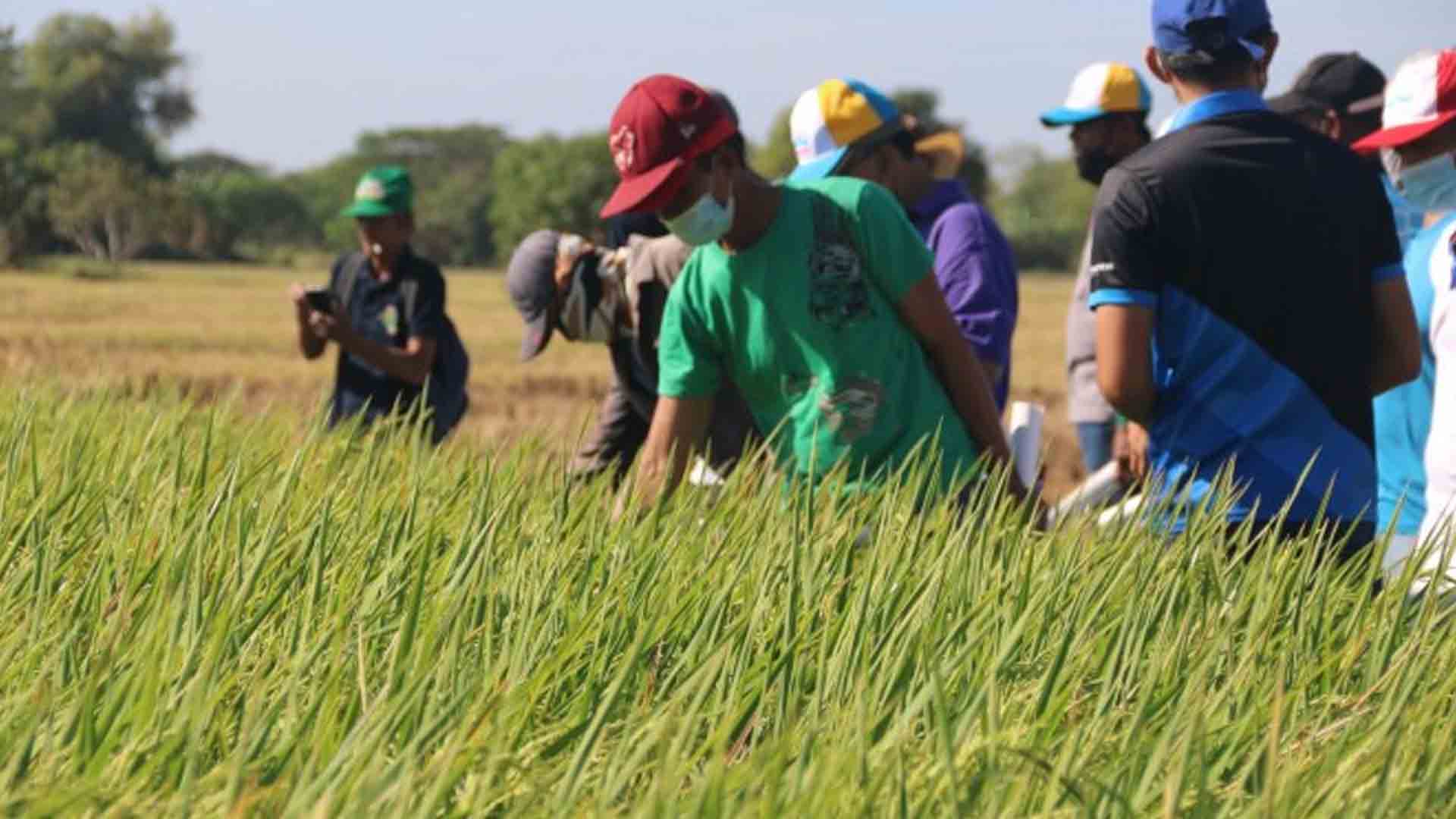The Department of Agriculture (DA) is crafting a strategy plan for the local production of hybrid rice to increase crop yields in the country and make it rice self-sufficient in two years.
This was after President Ferdinand R. Marcos Jr., who concurrently heads the DA, sought the implementation of a program that would promote the use of hybrid rice varieties in the country to help local farmers boost their crop production.
In a briefing on Thursday, DA Assistant Secretary for Operations Arnel de Mesa said the strategy plan would promote the planting of hybrid seeds on 1.5 million hectares of rice land during the dry season.
De Mesa said the DA is looking at expanding the production of hybrid rice into Western Visayas, Eastern Visayas, Soccsksargen, and the Bangsamoro Autonomous Region in Muslim Mindanao (BARMM).
The Ilocos, Cagayan Valley, and Central Luzon regions have already adopted the hybrid rice technology, the DA noted.
Cash aid
De Mesa said the DA would also launch a financial and credit program to persuade farmers to adopt hybrid rice production.
“Ipinag-utos ng ating Pangulo na siguruhing mabigyan ang ating mga kababayan na nagtatanim ng palay ng sapat na suporta kagaya ng patubig, fertilizer at iba pang ayuda katulad ng Rice Farmers Financial Assistance (RFFA). Ang mga ito ay nararapat na maibigay sa tamang panahon (The President has instructed that we make sure that our local farmers are given the needed support for irrigation work, additional fertilizer assistance, and other financial aid, such as the RFFA. These must be given at the right time),” he said.
The hybrid system has produced a 41 percent higher yield than inbred conventional seeds over the past two years, based on a joint study by the DA and local government units (LGUs).
Hybrid farmers have reported harvesting 7 to 15 metric tons (MT) per hectare, higher than the average of 3.6 MT/hectare for inbred seeds.
From January to November 2022, the National Rice Program has served about 1.06 million rice farmers and 3,528 farmer cooperatives through the provision of hybrid and inbred or certified seeds, production-related and post-harvest machinery, small-scale irrigation, as well as extension and training activities.
The program has also established Hybrid Rice Model farms.
In 2023, the DA earmarked PHP30 billion under the National Rice Program for the provision of hybrid and inbred or certified seeds, production-related and post-harvest machinery, small-scale irrigation, as well as extension and training activities.
This is on top of the PHP10 billion Rice Enhancement Competitiveness Fund sourced from the excess tariff collected under the Rice Tariffication Law, which aims to improve the competitiveness of Filipino farmers.
“Iyong koleksyon natin noong nakaraang taon – dahil sa Rice Tariffication Law – ay umabot sa PHP22 billion. So meron tayong excess collection na PHP12 billion na maibabahagi sa ilalim ng RFFA (Because of the Rice Tariffication Law, our collection last year reached PHP22 billion. So, we have an excess collection of PHP12 billion that will be distributed under the RFFA),” de Mesa said.
Under the Rice Competitiveness Enhancement Fund Program, the Landbank of the Philippines and the Development Bank of the Philippines granted PHP3.37 billion in zero-interest and non-collateral loans to 10,643 rice farmers and 197 borrower organizations and cooperatives.
Apart from strengthening financial support to local farmers through the loan financing program, Marcos on Tuesday pledged to bring the best farming practices used by Central Luzon farmers to the rest of the country. (PNA)







